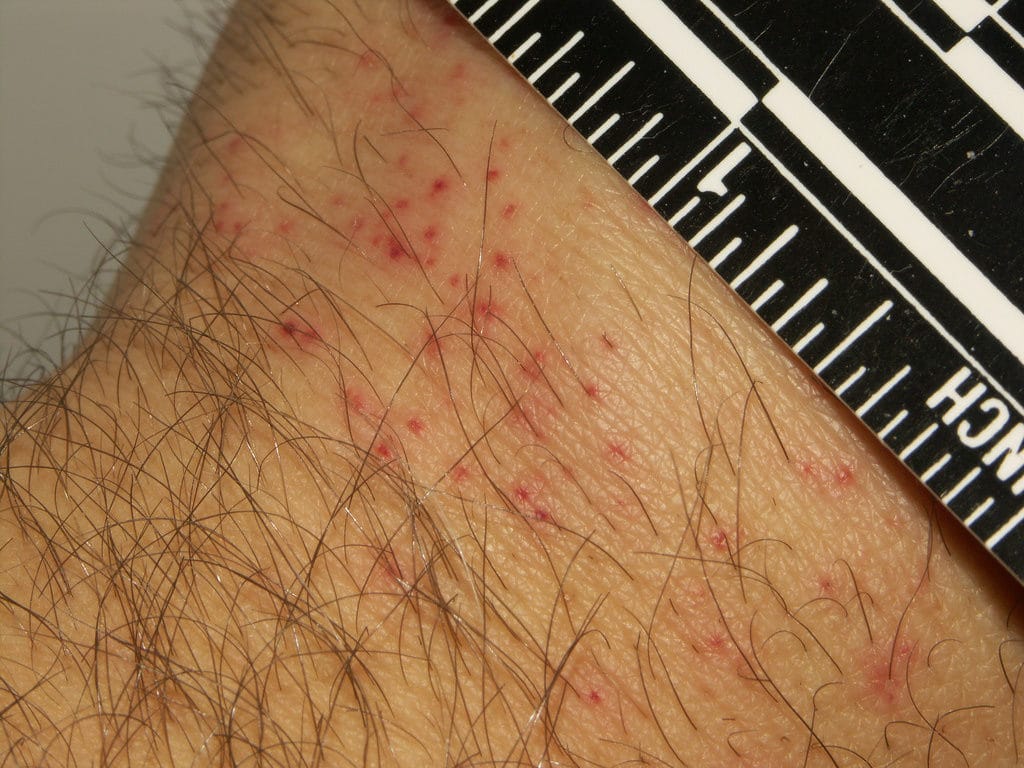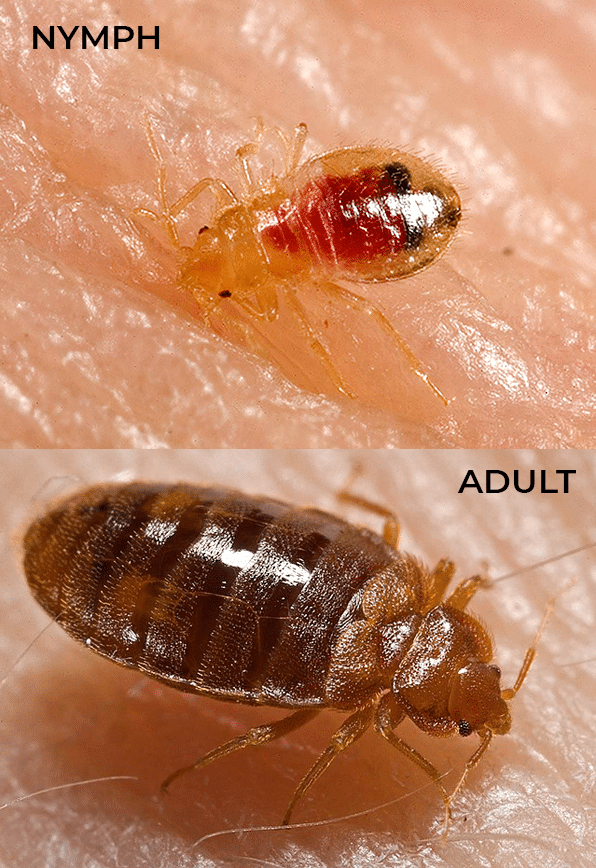
(08) 9248 9929
admin@compest.com.au

The Dreaded Bed Bug
Bed bugs are small parasitic insects that feed on human blood by piercing the skin. They do not live on humans or burrow into the skin. They are very mobile, but only move short distances to feed, so are commonly found near food (blood) sources.
Generally, bed bugs are more of a nuisance pest than a serious health threat. There is no evidence to indicate that they transmit any infectious disease.
Some people find the bite painful, while others can react to the saliva the bed bugs inject while feeding, resulting in a localised allergic reaction. Some people do not react or notice bites at all. Some people can develop anaphylactic reactions (potentially life threatening allergic reactions) to bed bug bites.
Bed bugs can live up to six months at room temperature and can survive for long periods without a blood meal. They usually feed during the night, but bed bugs can be opportunistic feeders (feed whenever the opportunity is present).
Adult bed bugs are 4–6mm in length, oval in shape and are dark reddish brown in colour. Juveniles are 1–5mm in length, depending on the growth stage and are cream in colour, becoming red to blackish after taking a blood meal. Adult females can lay up to three eggs per day, which hatch within 10 days (longer in cooler temperature). Eggs are creamy white and about 1mm in length.
Bed bugs can walk short distances to adjoining rooms or can be carried over greater distances in and on people’s luggage and belongings. This is how bed bugs are moved from infested premises to new premises around Australia and internationally.
Look for evidence of bed bugs when travelling by examining bedding and mattresses for signs of the insects.
Evidence shows that bed bugs are more commonly found in low cost short stay accommodation. However, they can be found anywhere that people sleep including charter boats, trains and hotels.
Bed bugs have dorsoventrally flattened (thin) bodies, thus they can stay well hidden in narrow crevices and cracks.
Bed bugs are most commonly found on mattresses, particularly along the stitched edges where there are folds that help to conceal them.
They are also found:
- On bed frames
- In bed side furniture
- In picture frames
- Behind wall paper
They can hide in cracks and crevices or other areas of a room that will provide them with protection, such as carpet edges, behind skirting boards or between wooden floor boards.
While Traveling
Consider spraying the exterior of your luggage with an aerosol insecticide, as this may kill or repel bed bugs that crawl onto your luggage during transit.
Wherever possible, thoroughly inspect your luggage on arrival at your destination and again before departing.
Check bedding for signs of bed bug infestations or live bed bugs concealed under mattress stitching.
Look out for signs of bed bugs wherever you stay.
While at Home
Ask guests who may be lodging or staying at your home whether they have experienced unexplained insect bites. If they have, help them to inspect their belongings carefully for evidence of bed bugs and treat promptly if anything is found.
Check second-hand furniture carefully, particularly bedroom furniture, for evidence of bed bugs. Have it treated by a licensed pest management technician if bed bugs are found. This should be done before moving it into your premises. Think carefully about picking up furniture from verge collections as it could be infested.
The regular use of a vacuum cleaner with a disposable bag may help to remove adults, nymphs and cast skins. Eggs are more difficult to remove.
You may notice bite marks on your skin, although 1 in 5 people bitten may not experience a reaction and the bite may not be noticed for up to 9 days. Skin reactions include redness, swelling and wheals up to 2cm in size, itching and burning sensations.
Humans tend to be bitten most often on the shoulders and arms, in distinctive lines. These bites and skin reactions are generally not considered a health risk. If you have experienced a reaction to the bite, avoid scratching as this may lead to it becoming infected. See your doctor if necessary.
You may also find around your home:
- Their waste, which looks like black pepper
- Eggs (creamy white and about 1mm in length)
- Dark spots of bed bug excrement or blood. These can be found on bed sheets, mattresses, skirting boards or in cracks and crevices.
- A distinct “bug” smell that may mean the infestation is severe.
If you think that you have a bed bug infestation, contact Complete Pest Management Services for treatment! Delay or failure to treat promptly and effectively may cause the infestation to spread, making control more difficult and expensive.
Non-chemical treatments
Regular inspections of mattresses and other areas are essential. If bed linen is infested, wash the items in hot water and then tumble dry on high for at least 40 minutes. A steam iron may also be used on the seams of mattresses or other items where there is stitching or folds in material.
Thorough vacuuming of carpet edges, skirting boards and all cracks and crevices using a vacuum cleaner with a disposable dust bag is important for removing bed bugs and their eggs. Seal the dust bag in plastic and dispose in your council refuse bin.
Disposal of infested objects such as bed heads to landfill is an option, where other methods have not been effective. It is important to wrap the object first so as not to spread the infestation during transport.
Chemical treatments
We use a range of low toxicity products such as synthetic pyrethroids and carbamates for use indoors. Regular pesticides do not kill bed bug eggs, so residual products are more effective than non-residual products, as these will kill immature bed bugs once the eggs have hatched.
After the initial treatment, a follow-up inspection must be carried out to determine if further bed bugs or eggs are present. In most cases, repeat treatments are required to control bed bugs.
We offer a 100% satisfaction guarantee that we will solve any bed bug problem!
Are you regional?
We can help with specialised pest control services for regional businesses, and we even have our own plane! Give us a call and we'd be happy to see if we can help with your particular requirements.

